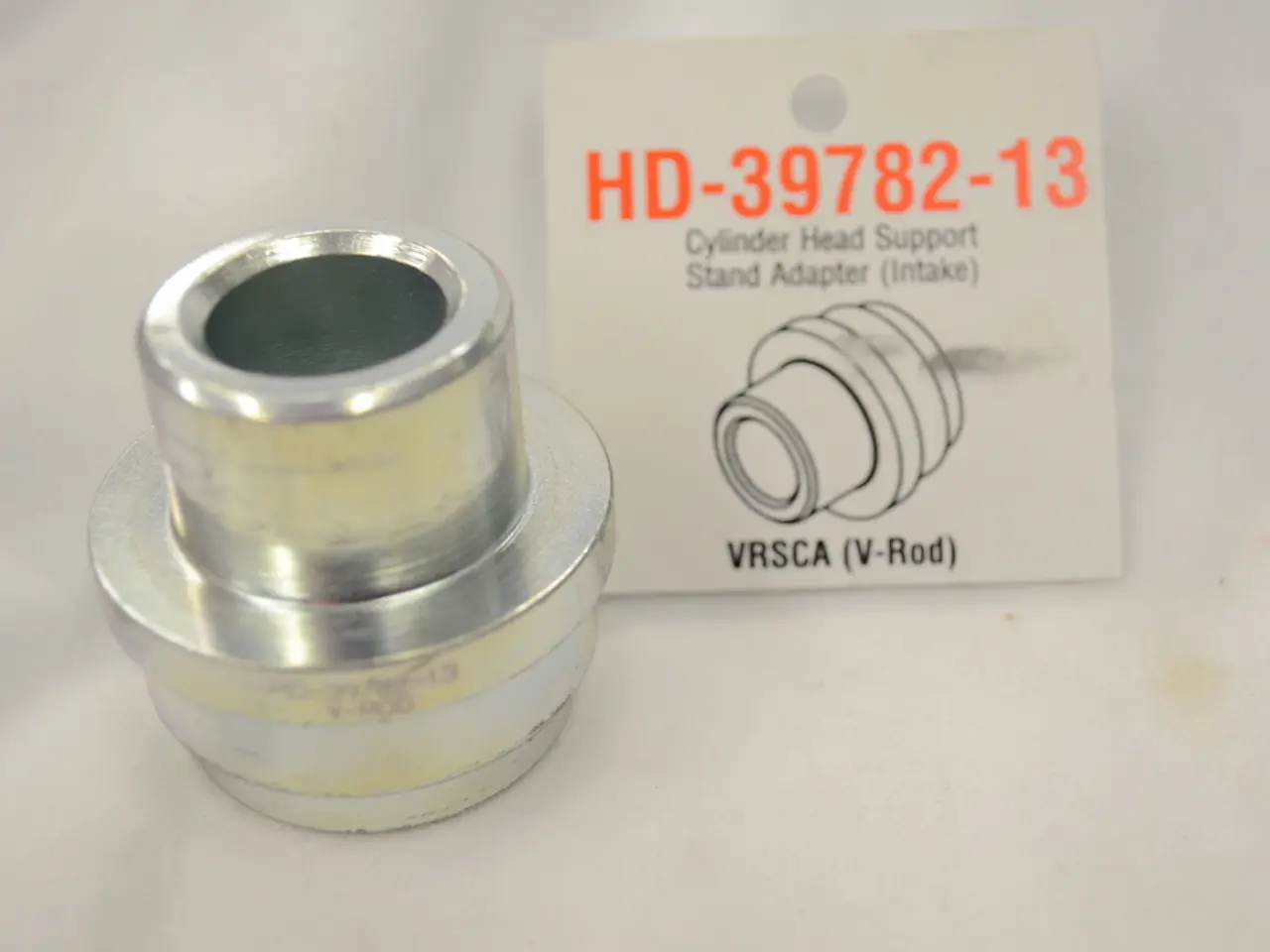Treasury Department and IRS Issue Guidelines for Hydrogen Production Tax Credit, Encouraging American Innovation and boosting Energy Independence
The U.S. Department of the Treasury and Internal Revenue Service (IRS) have unveiled proposed regulations for the Clean Hydrogen Production Credit, a significant federal incentive established by the Inflation Reduction Act (IRA). This credit aims to reduce the cost of clean hydrogen production, drive American leadership in hydrogen technology innovation, support clean energy jobs, improve energy security, and facilitate the U.S. energy transition towards lower carbon emissions.
The proposed regulations outline eligibility requirements for hydrogen production, including the use of energy attribute certificates (EACs) to assess and document qualification. Hydrogen produced must reflect new clean power, be sourced from the same region, and be generated annually, with a transition to hourly generation by 2028. To prevent the credit from subsidizing hydrogen production with higher lifecycle greenhouse gas emissions than allowed by the statute, the rules are critical in ensuring safeguards are in place.
The Clean Hydrogen Production Credit has four technology-neutral credit tiers based on the emissions rate of a hydrogen production process. The amount of the credit for hydrogen production facilities meeting wage and apprenticeship requirements ranges from $.60 to $3 per kg of hydrogen, depending on emissions. The IRA incentivizes green hydrogen production with credits exceeding $3/kg for green hydrogen facilities that begin construction by the end of 2032, potentially lowering production costs to $0.5–$1.5 per kg, which is competitive globally and expected to boost U.S. hydrogen demand to about 30-35 million tonnes per annum by 2030.
The proposed regulations provide guidance based on the statute's references to the Clean Air Act and the GREET model. Taxpayers unable to use the 45VH2-GREET model may petition for a provisional emissions rate. The NPRM will be open for public comment for 60 days once it is published in the Federal Register. The proposed regulations also provide definitions of key terms such as lifecycle greenhouse gas emissions, qualified clean hydrogen, and qualified clean hydrogen production facility.
The NPRM is supported by a technical paper from the Department of Energy and a letter from the Environmental Protection Agency. The Treasury Department's Notice of Proposed Rulemaking aims to support the development of a robust U.S. clean hydrogen industry that creates good-paying jobs, while also reducing carbon emissions. The IRA's hydrogen tax credit will help build a clean hydrogen industry that will be critical in reducing emissions from harder-to-decarbonize sectors like heavy industry and heavy transportation.
The NPRM was developed after extensive consultations with experts across the federal government, particularly the Department of Energy (DOE) and the Environmental Protection Agency (EPA). It details eligibility requirements for hydrogen production from landfill gas and anticipates finalizing rules for additional hydrogen production pathways using renewable natural gas. The proposed regulations will play a crucial role in accelerating the clean energy transition and enhancing American energy security by reducing reliance on fossil fuels and encouraging domestic hydrogen production.
[1] Inflation Reduction Act of 2022, Title VI, Subtitle A, Section 60101(a) [2] U.S. Department of Energy, Hydrogen Shot: Catching the Wave, 2021 [3] U.S. Department of Energy, Hydrogen and Fuel Cell Technologies Office, Fact Sheet: Inflation Reduction Act of 2022, 2022 [4] U.S. Department of Energy, Office of Fossil Energy and Carbon Management, Clean Hydrogen Production Tax Credit, 2022
- The Clean Hydrogen Production Credit, established by the Inflation Reduction Act, aims to promote innovation in hydrogen technology, support the energy transition towards clean energy, and spur industry growth while creating job opportunities.
- The proposed regulations for the Clean Hydrogen Production Credit outline strict emissions requirements and the use of energy attribute certificates to ensure that hydrogen production adheres to the law's guidelines, preventing subsidies for high-emission processes.
- The Clean Hydrogen Production Credit offers four technology-neutral tiers of credits, with incentives for green hydrogen production reaching over $3/kg, potentially reducing production costs to competitive global levels and stimulating demand for clean hydrogen in the U.S.
- The NPRM, supported by the Department of Energy and the Environmental Protection Agency, provides guidance on key terms and eligibility requirements for hydrogen production pathways, including landfill gas and renewable natural gas, to accelerate the clean energy transition and enhance American energy security.




